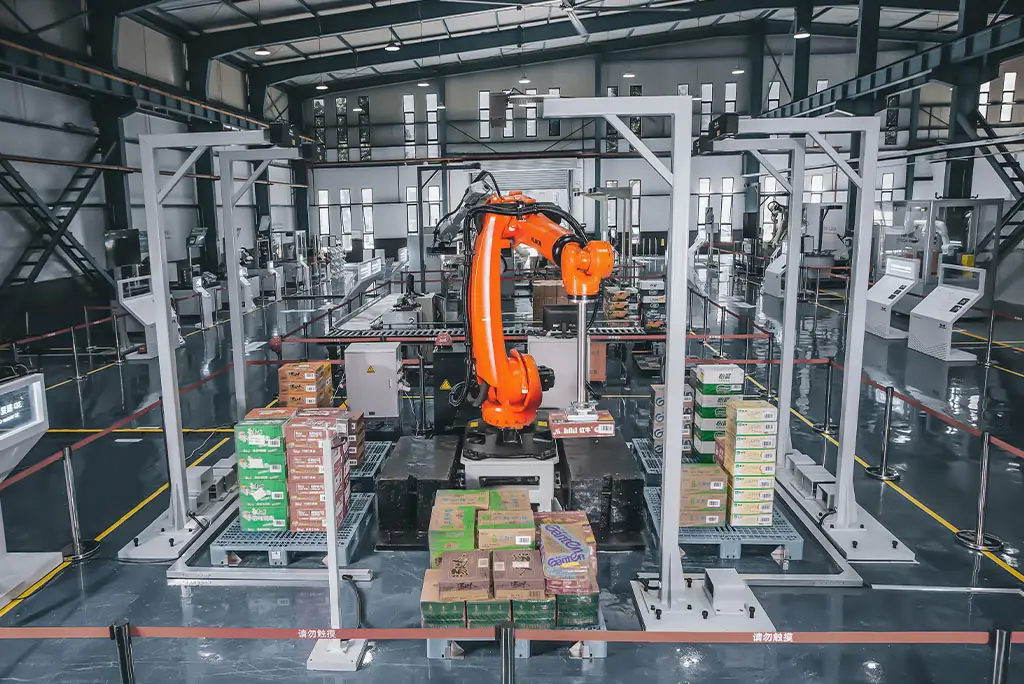March manufacturing activity in India hits a three-month high amidst job cuts and unemployment.
A private business survey showed on Monday that the manufacturing industry in India expanded at the fastest pace this year. This is especially true in 3 months or the first quarter of this year. There were new orders and also improved orders. The survey support also shows that India is placed fairly well as Asia’s 3rd largest economy during this global downturn. It was speculated that India would grow 6.9% this fiscal year and 6.0% the next.
S&P Global compiled the Manufacturing Purchasing Managers’ Index, increasing to 56.4 in March from February’s 55.3. It remains above the 50-mark that separates growth from contraction for the 21st month. It is higher than the Reuters poll indication of 55.0.
S&P Global Market Intelligence’s Pollyanna De Lima (economics associate director) said that the underlying demand for Indian goods remained very strong in March. Thus, production continued to expand, and firms raised their stock-building efforts.
Inflation in India
Forbes analyzed in March this year the Average Inflation Rate in the country for the last year. Here, India’s retail inflation, measured by the consumer price index, had slipped to 6.44% in January 2023 from 6.52 per cent a month earlier. In the same way, inflation data on the Wholesale Price Index, which calculates the overall costs of goods before selling at retail costs, eased to 3.85 per cent from 4.73 per cent during the period.
For example, the previous year, the consumer price index hit its highest of 7.79% in April, and Wholesale Price Index reached 15.88 per cent in May 2022. Here, we saw that compared to inflation in February 2020, the consumer price index is down 0.14 per cent, whereas Wholesale Price Index is up 1.59 per cent.
While input price inflation retreated to its 2nd-lowest mark, firms pass on some of the pressures of greater labour and raw material prices to customers. Thus, the output prices sub-index went up to 52.0 from 51.8.
This may keep retail inflation elevated in the coming months. Inflation was expected to average 6.7 per cent this fiscal year and then slow to 5.2 per cent next year. A Reuters poll showed that in this way, it is expected to remain above the Reserve Bank of India’s 4.0 per cent medium-term target.
About declining job opportunities in India
Economic Times reported this month that unemployment in India rose to 7.8% as the labour markets deteriorated. This data came from the Centre for Monitoring Indian Economy. The Centre for Monitoring Indian Economy data released on Saturday showed that the unemployment rate in India surged in December 2022 to 8.30% but declined in January to 7.14%. It went up again in February to 7.45%.
The Centre for Monitoring Indian Economy managing director Mahesh Vyas told PTI that the labour markets in India deteriorated in March 2023. The unemployment rate has increased from 7.5% in February to 7.8% in March. A decline in the labour force participation rate accompanies this effect. The labour force participation rate fell from 39.9% to 39.8%.

